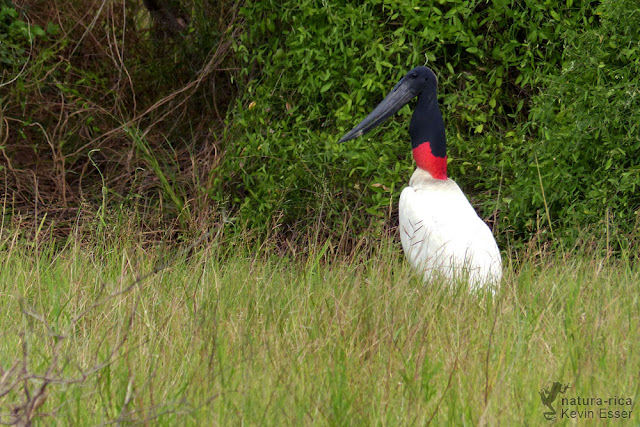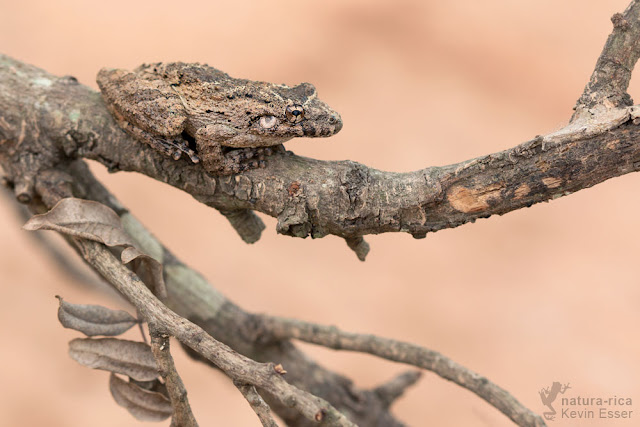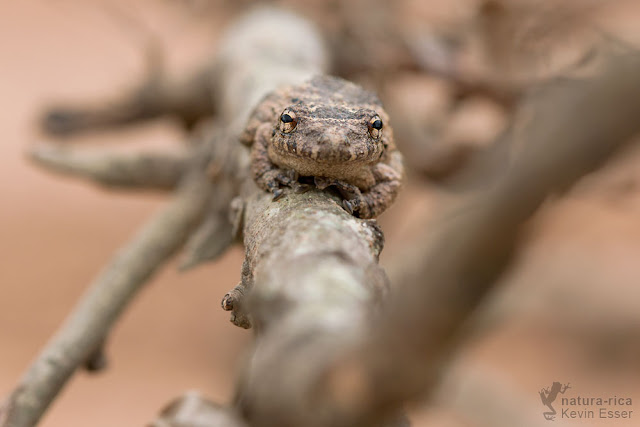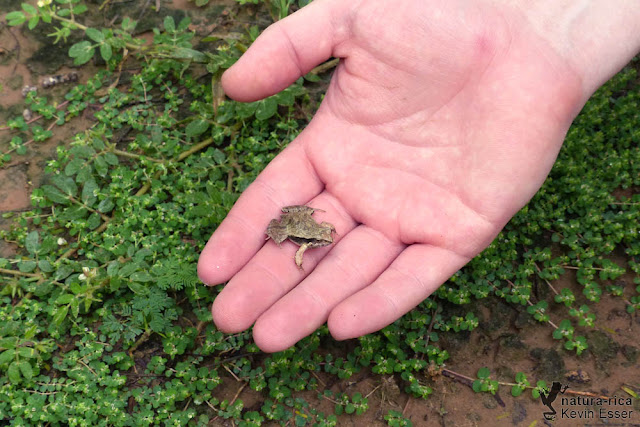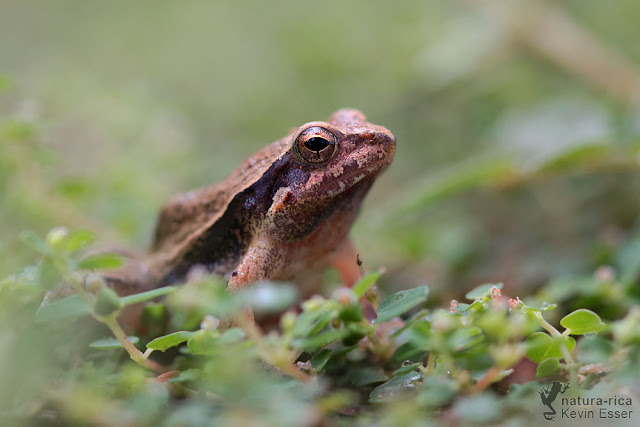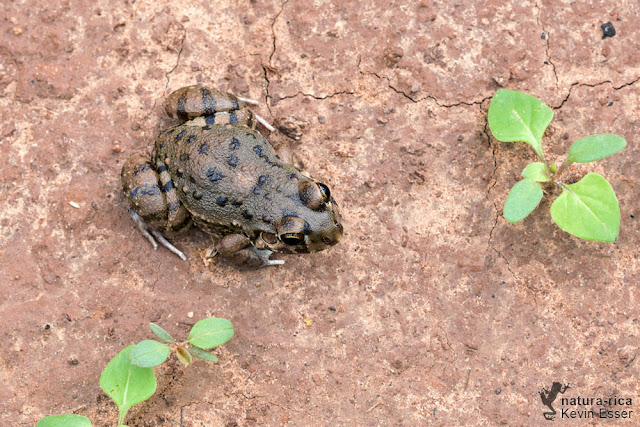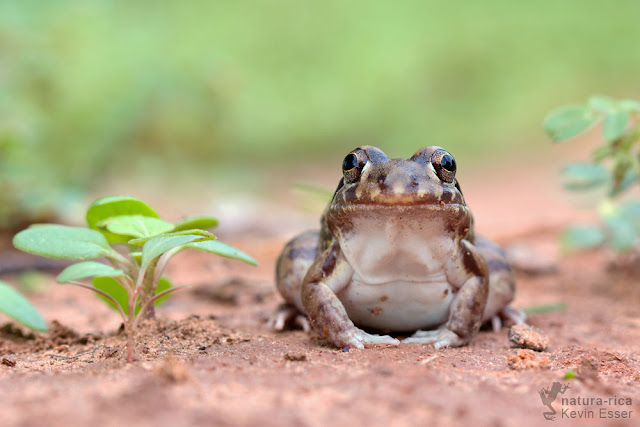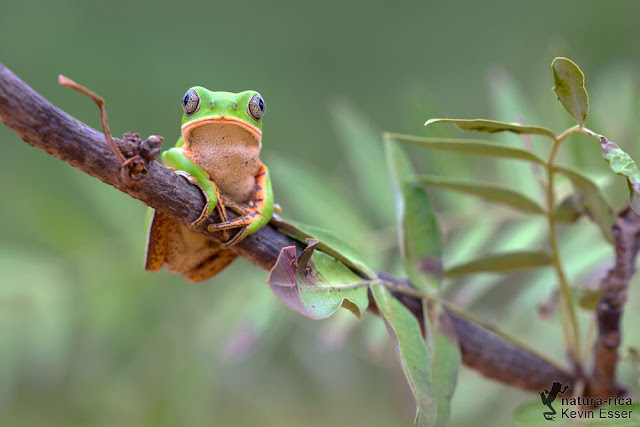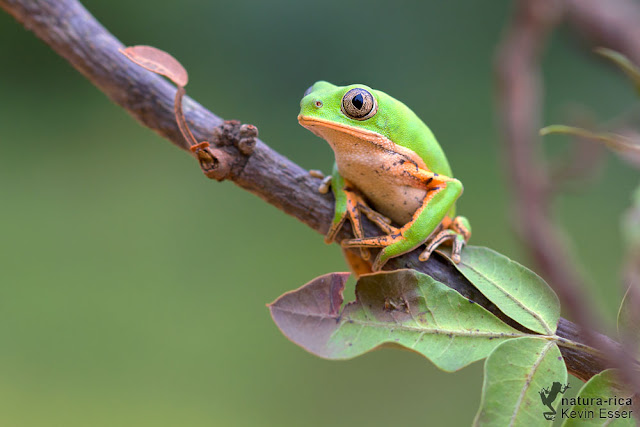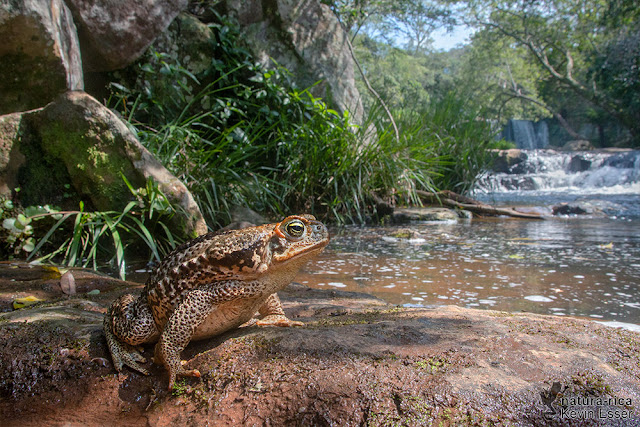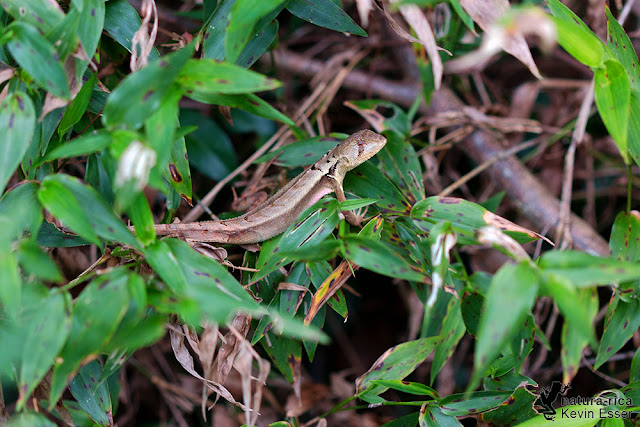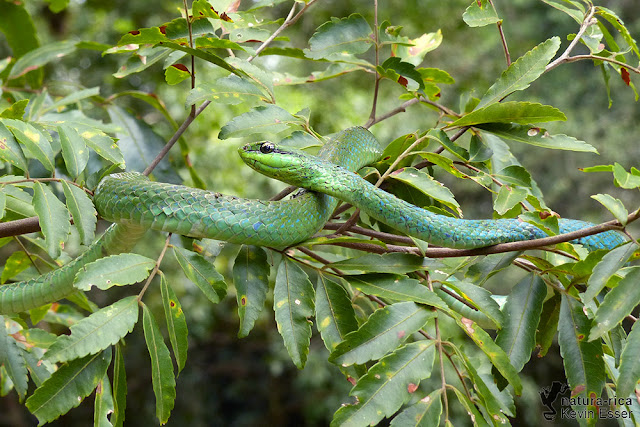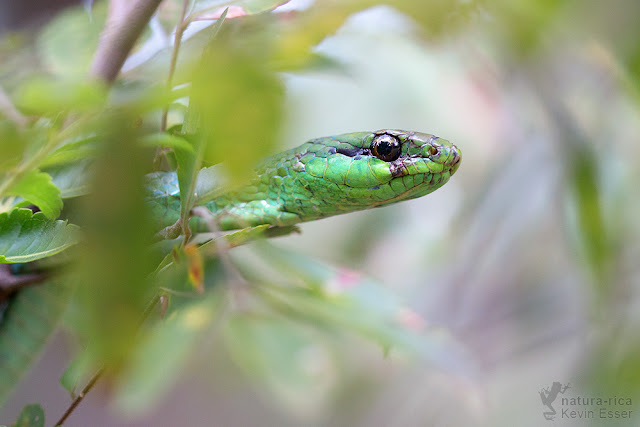In April, I had the opportunity to go with my parents on a trip to Paraguay. It was not really a herping trip but of course we took some time to check out the paraguayan nature. The west of Paraguay (región occidental) is part of the Gran Chaco, a region characterized by dry forests and thorny bushes. The whole area is sparsely populated. Large areas of untouched wilderness are habitat for numerous animal species. Deforestation is a big problem though. Hopefully the people of Paraguay will be able to preserve this natural treasure!
The waters of the chaco are the kingdom of the Yacare Caiman (Caiman yacare). As a small and medium-sized crocodilian, most adult males grow to roughly 2 or 2.5 m (6.6 or 8.2 ft) in length. Females are much smaller, at an average of 1.4 m (4.6 ft).
The Jabiru (Jabiru mycteria) is a large stork found from Mexico to Argentina, except west of the Andes. It is the tallest flying bird found in South America and Central America.
Disappointingly, I could not photograph a living snake in the Chaco. Two snakes crossed the road: A large Indigo Snake (Drymarchon corais) and some kind of racer... no chance to catch or take a picture - good that they could cross the road safely. Two dead snakes we found had less luck, another indigo snake and a Tropical Rattlesnake (Crotalus durissus)... very sad, but unfortunately the fate of many animals in the Chaco.
So without success with snakes, frogs had to save the day! And they did - we found some cool species. My favorite frog was the Orange-legged Monkey Frog, also called Earless Leaf Frog (Phyllomedusa azurea).
The Warty Snouted Treefrog (Scinax acuminatus) is very well camouflaged. It looks like a piece of wood.
The smallest frog we found was this little Menwig Frog (Physalaemus albonotatus). Very cute little guy!
The Shovel-nosed Chamber Frog (Leptodactylus bufonius) has evolved an incredible adaptation for overcoming the challenges of living in mostly dry conditions. With their shovel-like noses, they dig a chamber in the mud and then top it with a mud cone. Because no water can penetrate these chambers, the frogs produce a foam nest from the female's albumin secretions to keep the tadpoles moist.
There is an interesting fact about the Paradoxical Frog (Pseudis paradoxa): Its name refers to the very large tadpoles, which are up to 25 cm (10 inch) long, and in turn becomes an ordinary-sized frog, only about a quarter of its former length.
Indication of source:
www.faunaparaguay.com
www.frogsaregreen.org



